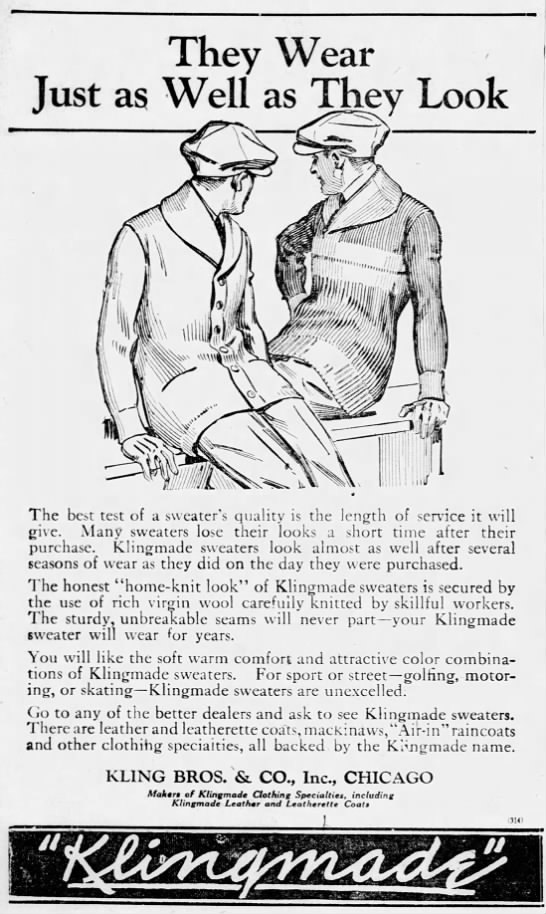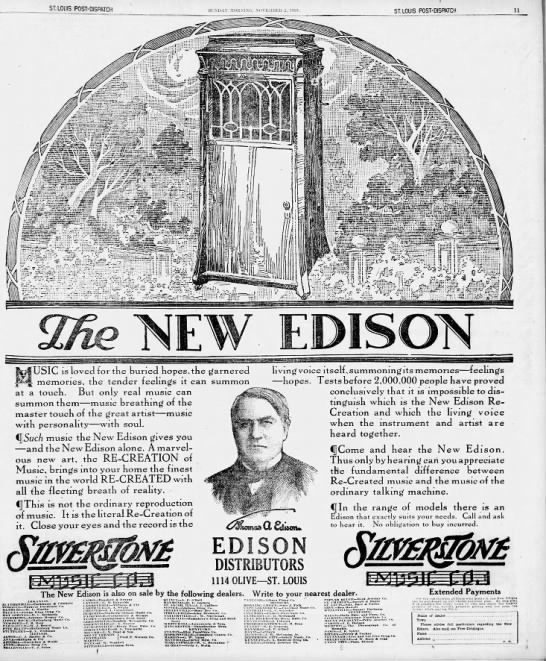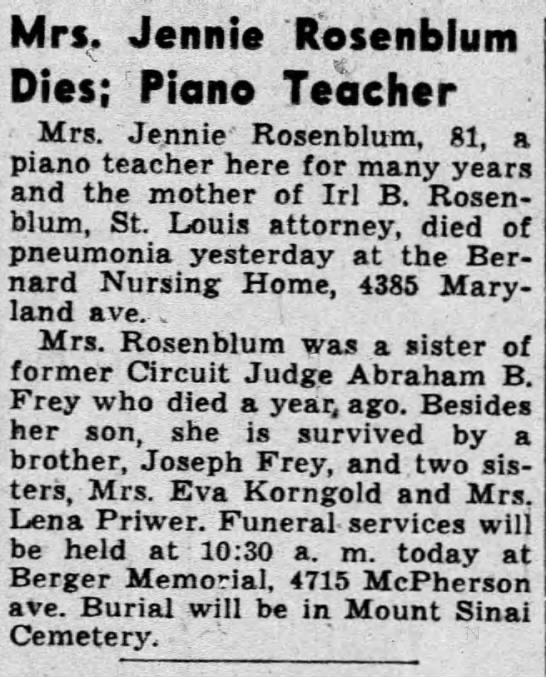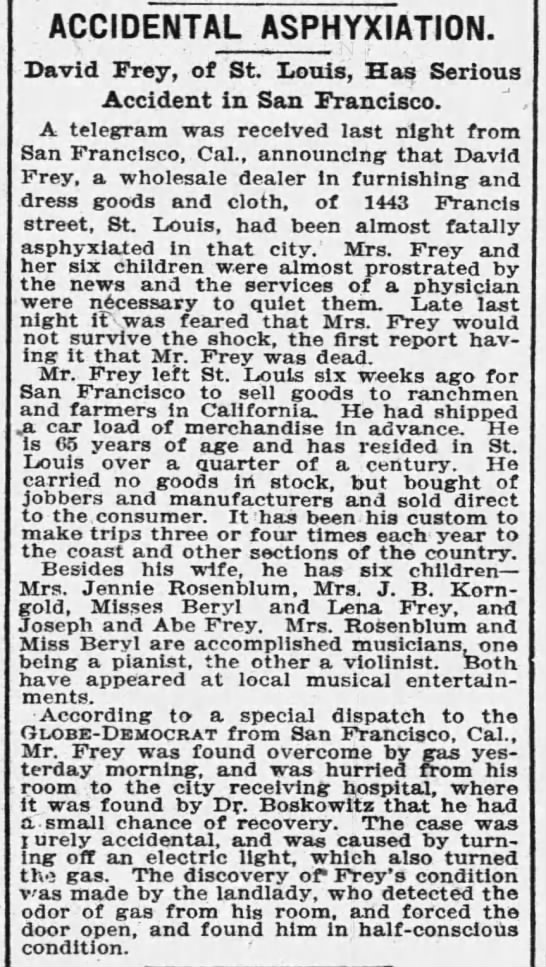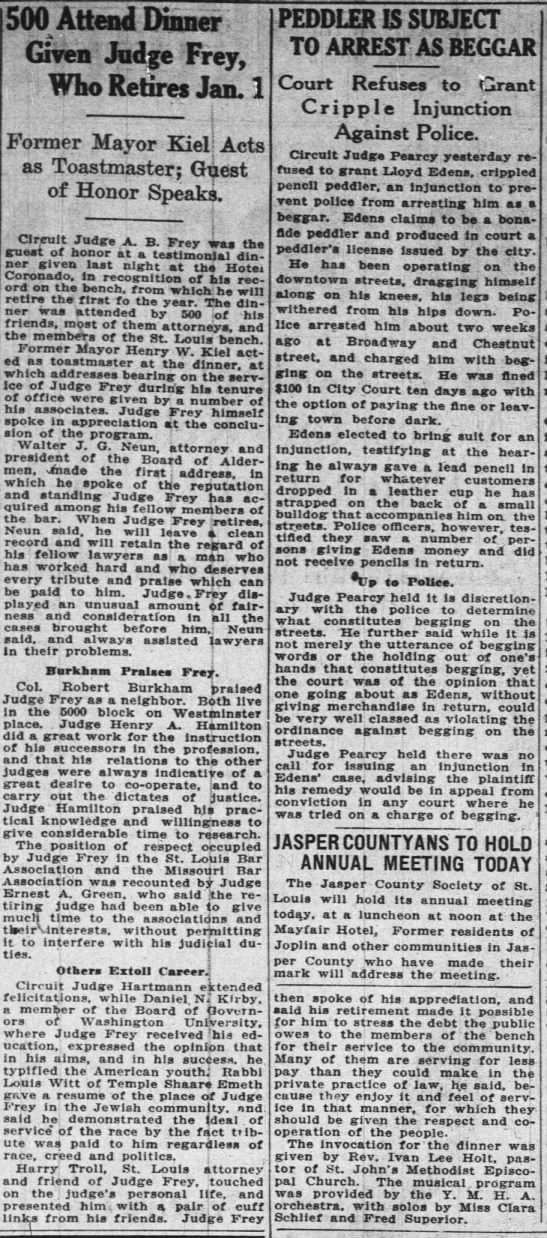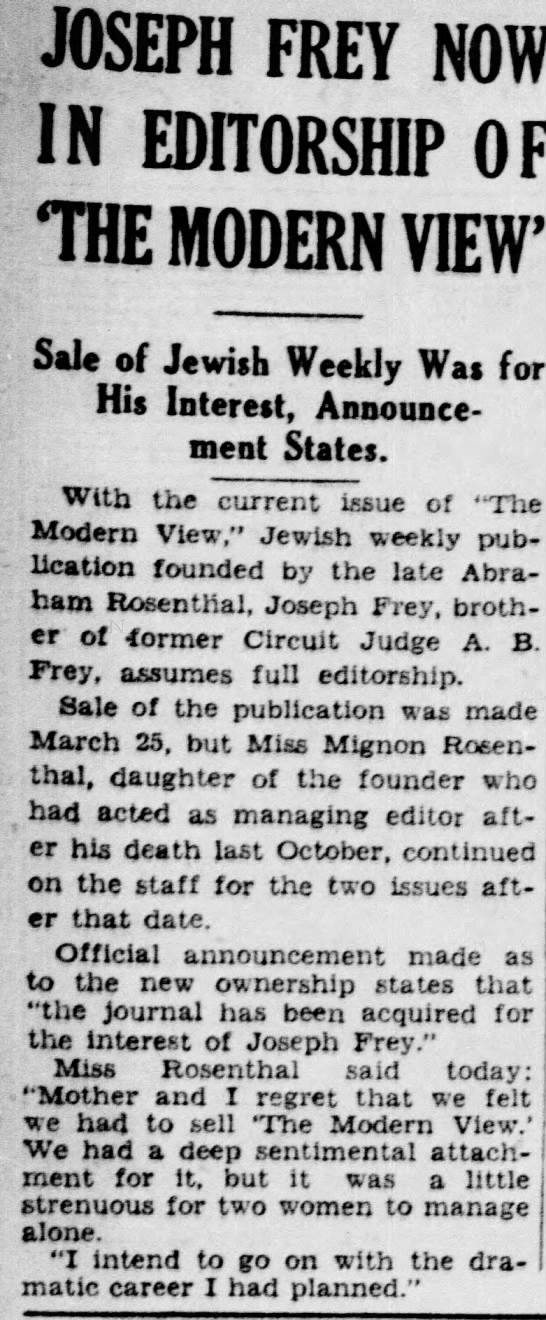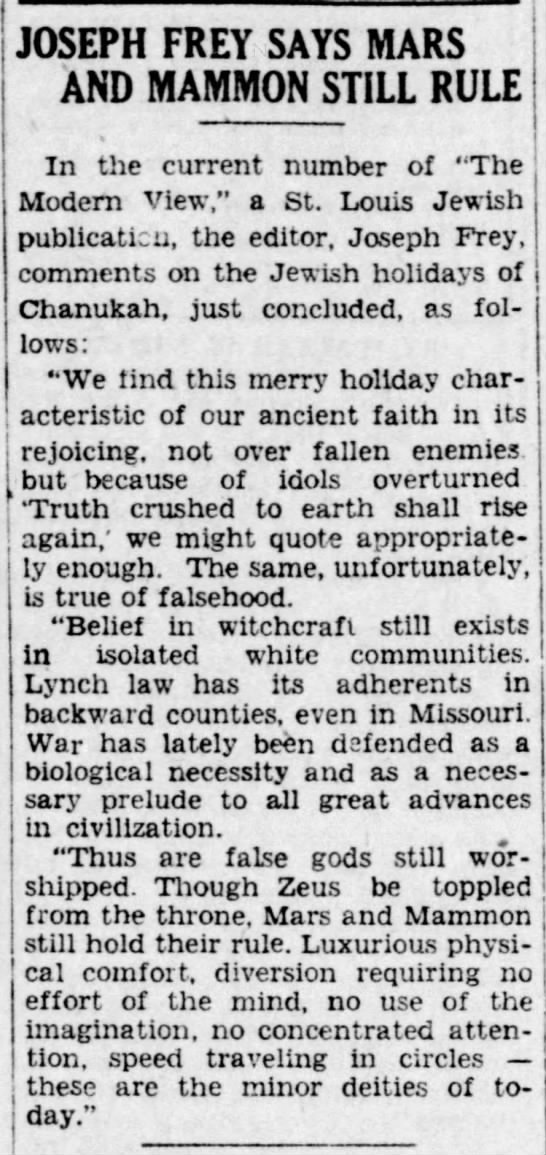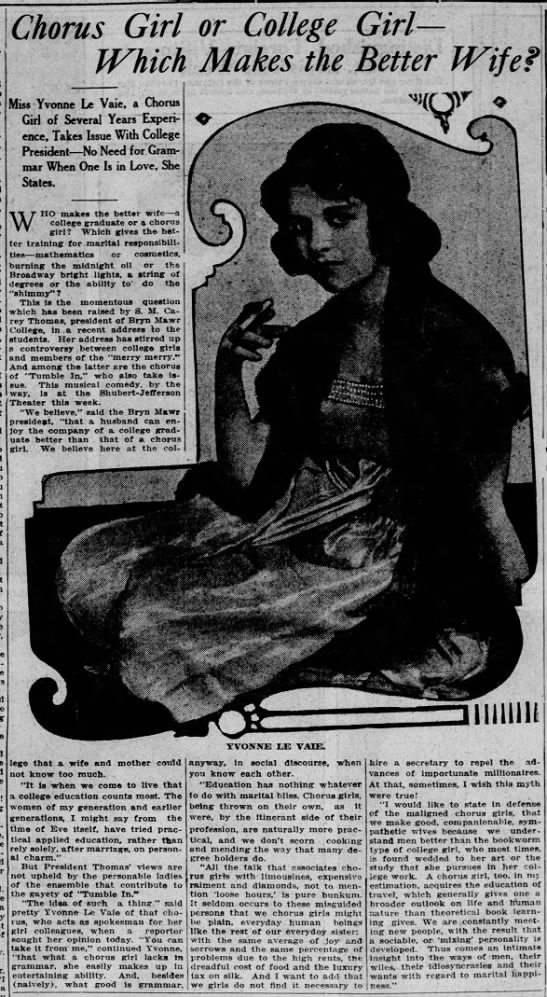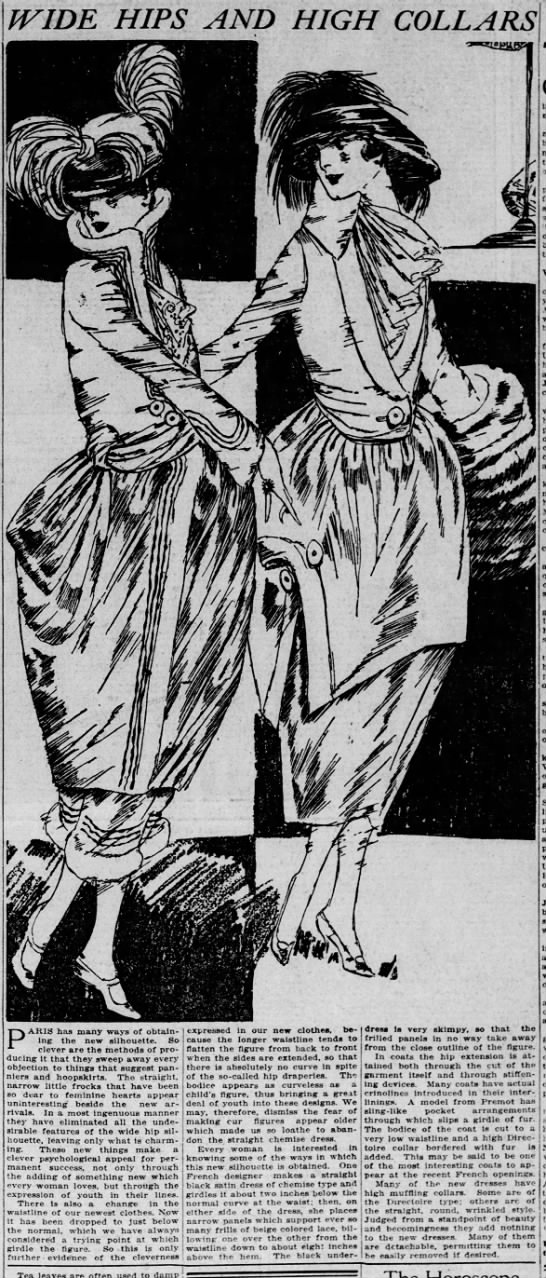I sped through this delightful biography of Irving Berlin in two days. From the Preface to the end, I was totally captivated.
James Kaplan presents the iconic composer's nine-decade contribution to the Great American Songbook through Berlin's work, personal experience, and as a Jewish immigrant. It's a rags-to-riches story based on Berlin's intense work ethic, but he was also helped along by friends and peers.
Everyone knows Berlin's God Bless America. It was written during WWI but was set aside until WWII when Berlin dusted it off and finally shared it with the world. It was the right song at the right time. White Christmas is another well-beloved Berlin song that matched its time, resonating with WWII troops across the world.
Berlin was criticized for his patriotic song--because he was an immigrant. The Beilin/Baline family fled Russia's pogroms to settle in New York City. Berlin's father was a cantor, usually unemployed. After his father's early death, Berlin left home to fend for himself. The story of Berlin's years on the street, selling newspapers and busking Tin Pan Alley songs, exemplifies his life-long work ethic, pluck, and luck.
Unable to read or write music, Berlin worked with a series of pianists who brought what Berlin heard in his head to the page.
As a Jew, Berlin encountered the rampant anti-Semitism leading up to WWII.
Berlin created a Christmas song without religion and his Easter Parade brought a secular vision of the most important Christian celebration.
I was familiar with many of Berlin's hits because I have been a sheet music collector for forty years.
 |
| 1909 |
 |
| 1911 |
 |
| 1911 |
 |
| 1912 |
 |
| 1913 |
 |
| 1918 |
 |
| 1920 |
 |
| 1921 |
 |
| 1928 |
 |
| 1928 |
Berlin wrote for Hollywood, including the music for the Marx Brother's first film The Cocoanuts.
During WWII, Berlin revived his revue Yip Yip Yaphank, taking the show on the road to soldiers at both fronts of the war. A movie version of the revue was released as This Is The Army.
During the war, other songwriters had successful shows on Broadway. Berlin chose to support the troops over advancing his career. He was exhausted and personally broke by war's end, struggling to adapt to peacetime.
Berlin came to write Annie Get Your Gun after the death of Jerome Kern and he was offered to replace his dear friend.
Berlin was exhausted from taking his revue across the world. He was worried about writing for a Western, female character. It was his biggest challenge and he excelled, creating his best work.
Berlin did the remarkable: he asked for a lower share of royalty percentage and that the show's producers Rodgers and Hammerstein and librettists Dorothy and Herbert Fields share equal billing with him on all publicity and sheet music.
 |
| 1929 |
 |
| 1930 |
 |
| 1937 |
During the war, other songwriters had successful shows on Broadway. Berlin chose to support the troops over advancing his career. He was exhausted and personally broke by war's end, struggling to adapt to peacetime.
 |
| 1942 |
Berlin was exhausted from taking his revue across the world. He was worried about writing for a Western, female character. It was his biggest challenge and he excelled, creating his best work.
 |
| 1946 |
His later work never met with the same success.
 |
| 1950 |
 |
| 1952 |
I was given access to a free ebook by the publisher through NetGalley. My review is fair and unbiased.
All sheet music pictured is from my personal collection.
Kaplan's book is a part of Yale University Press's series on Jewish Lives.
Irving Berlin: American Genius
by James Kaplan
Yale University Press
Publication November 5, 2019
Price: $26.00
ISBN: 9780300180480
from the publisher:
Irving Berlin (1888–1989) has been called—by George Gershwin, among others—the greatest songwriter of the golden age of the American popular song. “Berlin has no place in American music,” legendary composer Jerome Kern wrote; “he is American music.” In a career that spanned an astonishing nine decades, Berlin wrote some fifteen hundred tunes, including “Alexander’s Ragtime Band,” “God Bless America,” and “White Christmas.” From ragtime to the rock era, Berlin’s work has endured in the very fiber of American national identity.
Exploring the interplay of Berlin’s life with the life of New York City, noted biographer James Kaplan offers a visceral narrative of Berlin as self‑made man and witty, wily, tough Jewish immigrant. This fast‑paced, musically opinionated biography uncovers Berlin’s unique brilliance as a composer of music and lyrics. Masterfully written and psychologically penetrating, Kaplan’s book underscores Berlin’s continued relevance in American popular culture.
by James Kaplan
Yale University Press
Publication November 5, 2019
Price: $26.00
ISBN: 9780300180480
from the publisher:
Irving Berlin (1888–1989) has been called—by George Gershwin, among others—the greatest songwriter of the golden age of the American popular song. “Berlin has no place in American music,” legendary composer Jerome Kern wrote; “he is American music.” In a career that spanned an astonishing nine decades, Berlin wrote some fifteen hundred tunes, including “Alexander’s Ragtime Band,” “God Bless America,” and “White Christmas.” From ragtime to the rock era, Berlin’s work has endured in the very fiber of American national identity.
Exploring the interplay of Berlin’s life with the life of New York City, noted biographer James Kaplan offers a visceral narrative of Berlin as self‑made man and witty, wily, tough Jewish immigrant. This fast‑paced, musically opinionated biography uncovers Berlin’s unique brilliance as a composer of music and lyrics. Masterfully written and psychologically penetrating, Kaplan’s book underscores Berlin’s continued relevance in American popular culture.





